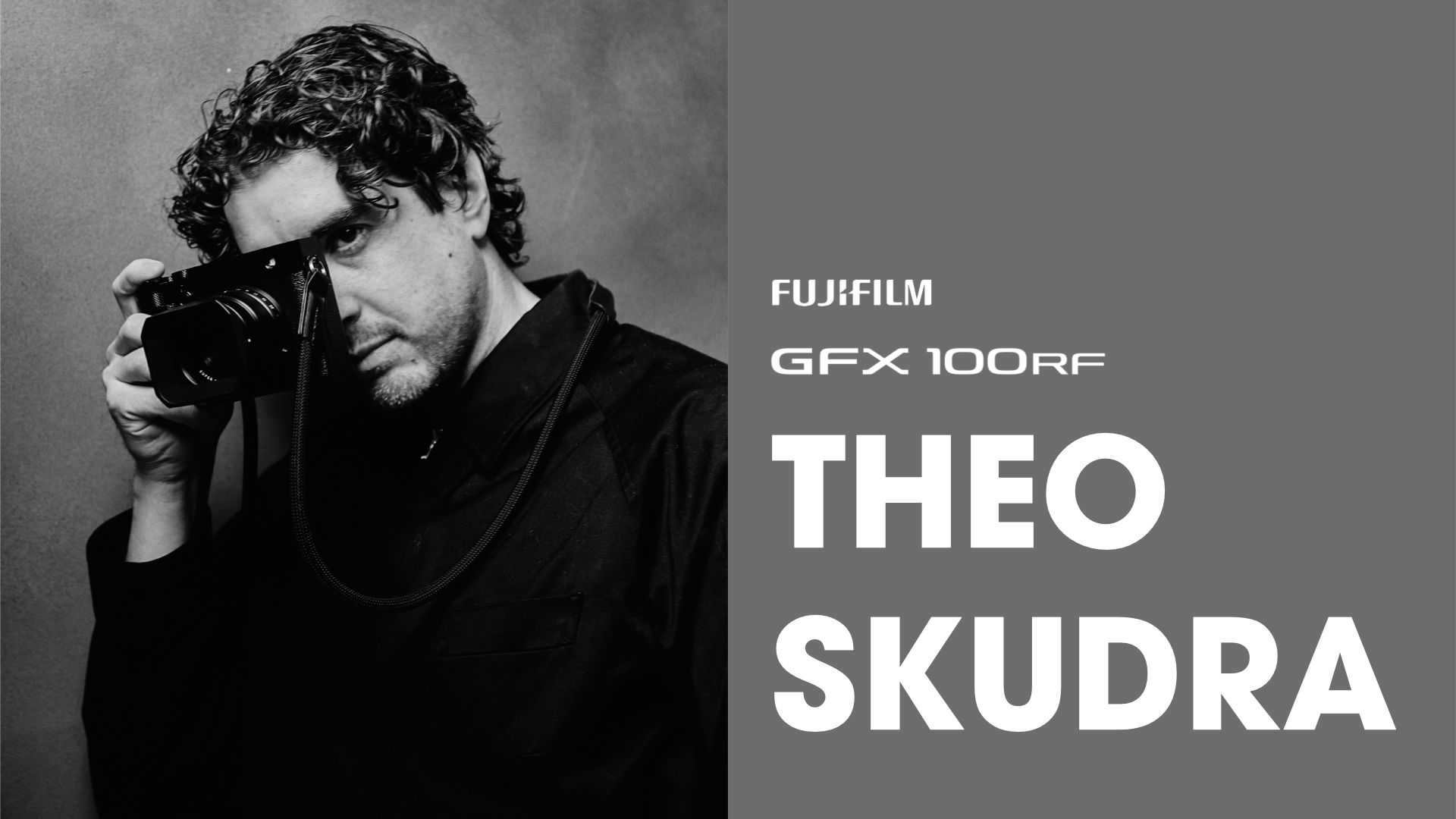
I’m the son of Tom Skudra, a Canadian photographer who was well known for his black and white photojournalism. Growing up that’s how I identified. Cameras were always in arm’s reach and the photos taken were on every wall. When people asked what my father did, I’d tell them “My dad’s a famous photographer”. It gave me pride.
I don’t have many memories of his professional life, but the photos he took before he passed away captured images I still stare at and wonder about. He did tell me some stories when I was young: accidentally stepping on an anaconda while shooting in The Amazon, riding a bull at a rodeo (once was enough apparently).

Now, in my late thirties, I’m approaching the age that he was during his most active years. I wish I’d had more time with him to question his process, but being young and romanticizing what he did for a living was the earliest foundation for what I do.
If he were still around, I’d question lens choices, ask him about balancing prep and spontaneity, film vs digital, upsets, victories, dealing with egos on sets… but figuring these things out for myself gave me my style and my own way of doing things. Maybe figuring things out for yourself shapes a stronger form.

One thing I’ve learnt is that knowing how to use a camera can bring you to some incredible places. It teaches you how to hustle. It forces you to be outgoing one minute and a focused recluse the next. It teaches the value of being persistent when the thing in your head isn’t in your viewfinder yet. Photography builds a strong ability for problem solving when the problem isn’t clear. Looking through the glass and knowing something is off, figuring out what it is and how to fix it, and if you’re working on a set, how to express the issue to others.
At a certain point you also realize that creative problems are the only ones you want to have. It’s easy to get lost in the weeds on pixels, resolution and the like, but for me the thing I keep stressing is intention. Why is this a good photo? What can make this better? What’s the photo I’ll wish I had gotten when I’m editing?

All of that is to say that the tools I use need to be the last thing I’m thinking about when I’m creating. They should feel like extensions of yourself and never get in the way or hold you back. My time with the FUJIFILM GFX100RF has been a breezy one. I love the film filters that give me the looks I want in camera. The aspect ratio dial on the back is quick and fun to use, because there is nothing I hate more than a camera menu when I’m missing the moment. That tangible effect it has really appeals to me. The layout of exposure and ISO settings feel like the cameras I grew up with and make me feel right at home, even with something so new.

I was surprised at how quickly I picked this camera up and was able to navigate it. The ease of getting out the door and on to my next flight, ready to work, made me shudder remembering how much equipment my dad needed to travel with and how much simpler this camera makes my process than most DSLRs. Design wise, it looks great too. Timeless. It would be fun to review and compare my dad’s kit with mine. This all-in-one camera feels comfortable in my hands compared to everything he lugged around back in the day. I feel like it’s the perfect tool to walk out the door with and create my own memories moving forward, just as he did.

















































